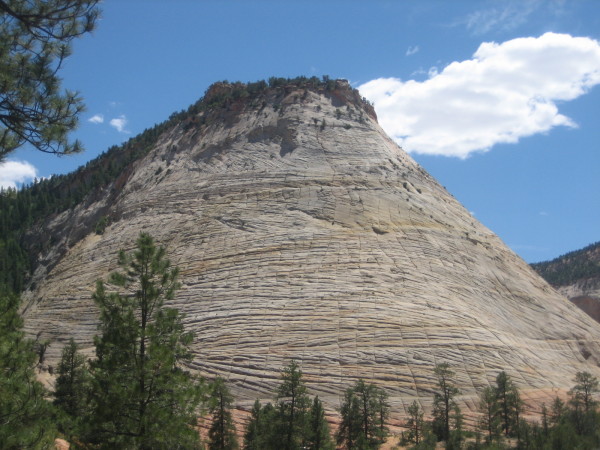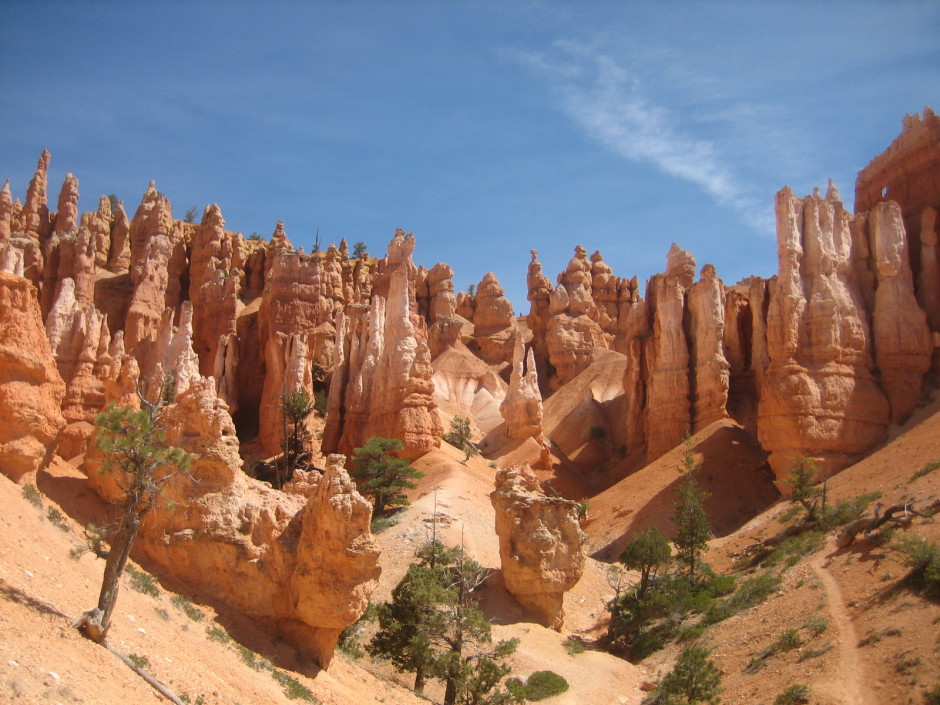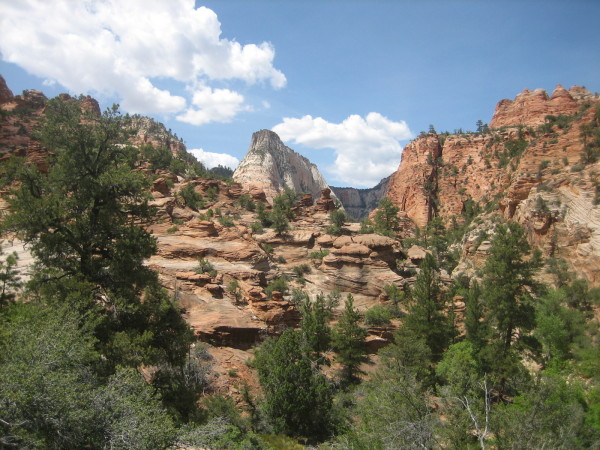
Bryce Canyon and Zion National Park, both in the state of Utah, stir the soul with their incandescent beauty.
The rock formations and mountains in these parks north of the Grand Canyon, part of the 130,000 square-mile Colorado Plateau, speak eloquently of the power and glory of nature.
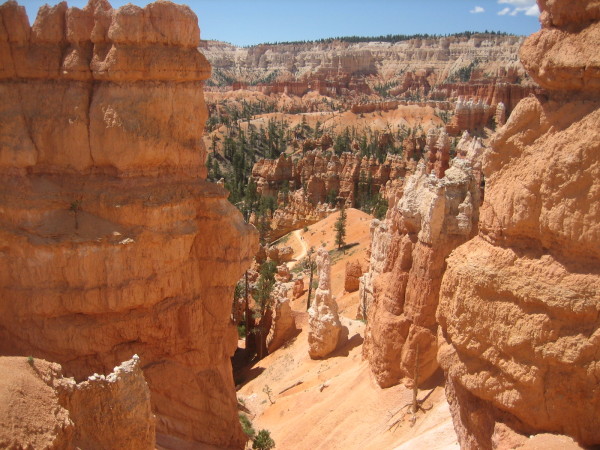
My daughter and I travelled a long distance to bear witness to their natural wonders. We started our tour in St. George, the jumping-off point to Bryce Canyon. A somnolent town in a valley framed by red rock cliffs and founded by Mormons in the 19th century, it’s dotted with road-side economy hotels and fast food restaurants and crowned by a blindlingly white Moorish-style Mormon temple.
We were picked up by our guide, Jim, at 7 a.m., and much to our surprise, we learned we would be the only passengers in his van that day.
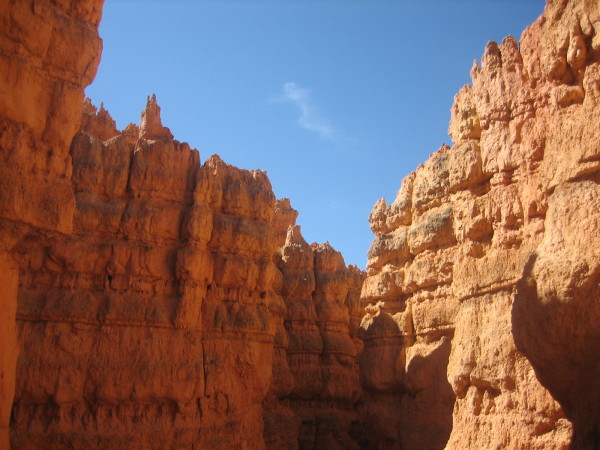
Jim, a former auto mechanic, provided a running commentary of the picturesque scenery en route to Bryce Canyon. Traversing Cedar Canyon, the Dixie National Forest and Red Canyon — a monolith of exposed layers of limestone mixed with mud and silt components — we passed dense stands of aspens, Ponderosa, white pines and Douglas firs, patches of melting snow in meadows, a small lake formed by a volcanic eruption eons ago, and a gaggle of Chinese tourists walking across a bridge facing a dam.
As we rounded a curve, a mule deer scampered off the road in haste, disappearing into the thick woods in a flash.
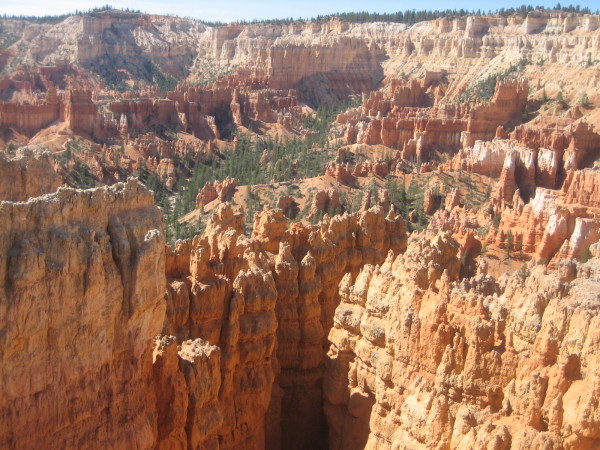
Finally, we reached Sunset Point, one of several scenic lookouts in Bryce Canyon, which is named after Ebineezer Bryce, an early Mormon homesteader. Situated at an altitude of 8,000 feet, it affords a clear, unobstructed view of the uplifting sights beyond the rim.
The red and orange hoodoos — rough-hewn cliff faces eroded into fantastical shapes by the unstoppable forces of erosion over tens of millions of years — are indeed impressive. As Jim said, these hoodoos are the deepest in the canyon. He should know, having visited it hundreds of times.
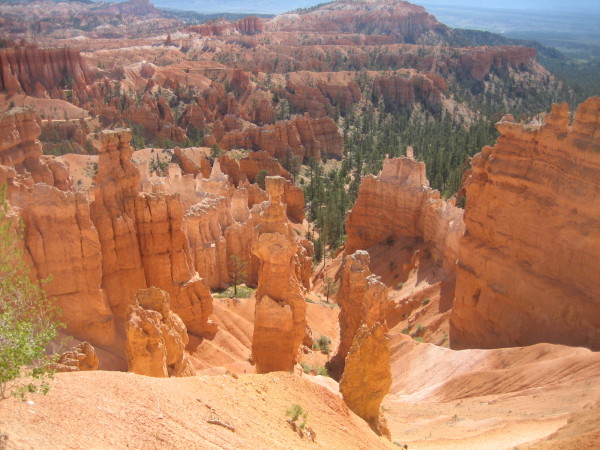
Most tourists do not venture farther than the lookout points, mugging for photographs and reading plaques before heading back to their cars or tour buses. An intrepid few, however, walk down into the belly of the canyon to embark on easy to moderately difficult hikes on marked trails.
Having opted for the three-mile Navajo Loop Trail, we descended, the crowds receding with each step. Passing the occasional hiker, we paused to admire gargantuan sandstone formations: Wall Street, Queen Victoria and Queen’s Garden.
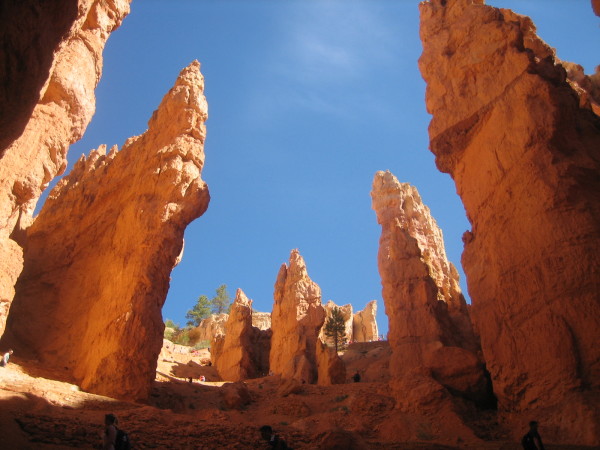
In the distance, we could see ominous thunder clouds forming in an otherwise blue sky. They normally roll in during summer months, producing massive lightning displays and dangerous flash floods that can quickly inundate a narrow canyon.
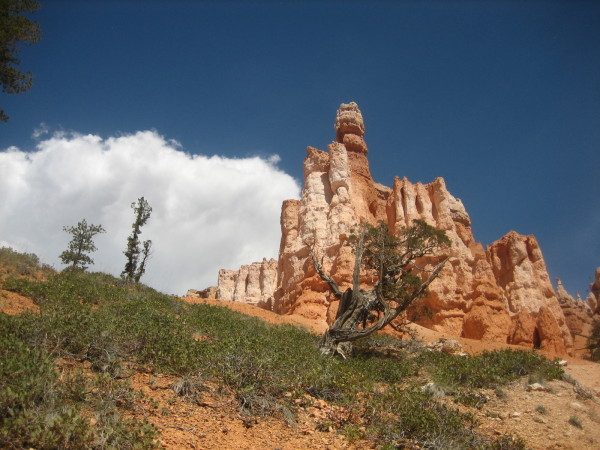
Intimidated by the threatening clouds, we picked up our pace, arriving at Inspiration Point, altitude 8,100 feet, about two hours after we had begun. As it turned out, we needn’t have hurried. The clouds did not burst and, thankfully, the sun kept shining brilliantly.
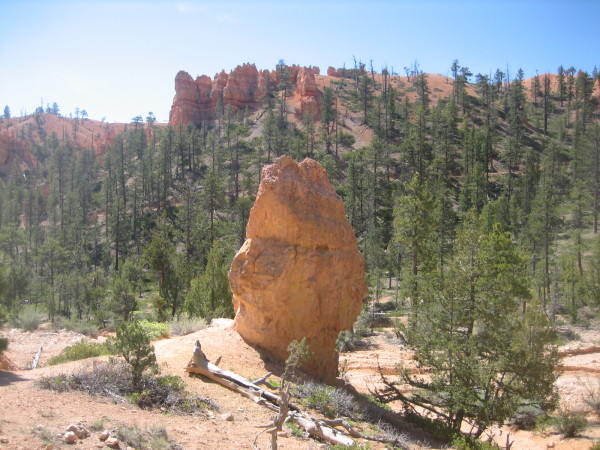
We made for Zion National Park, which derives its name from the Hebrew word promised land. Ranging in elevation range from 3,600 to 8,700 feet, it’s a mesmerizing melange of red cliffs, green canyons and blue skies.
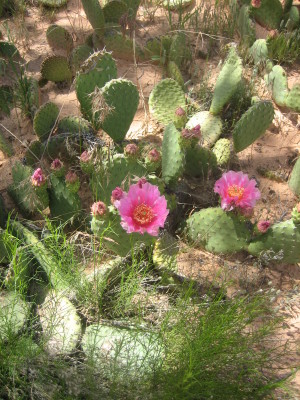
Its biotic diversity is nothing less than amazing. At lower elevations, where the heat can be intense, Mojave Desert species of flora, such as cacti and mesquite, abound. Higher up, where it’s temperate, Great Basin Desert sagebrush abounds. At the top, in a relatively cool and moist environment, Utah juniper and bigtooth maple trees flourish.
The park is watered by the Virgin River, which last overflowed its banks in 1995, causing flooding and stranding tourists.
Long before the arrival of tourists, the park was home to hunters and farmers, some of whom left petroglyphs on rocks at the bottom of canyons. We walked into one, finding primitively-drawn images scratched into rock faces.
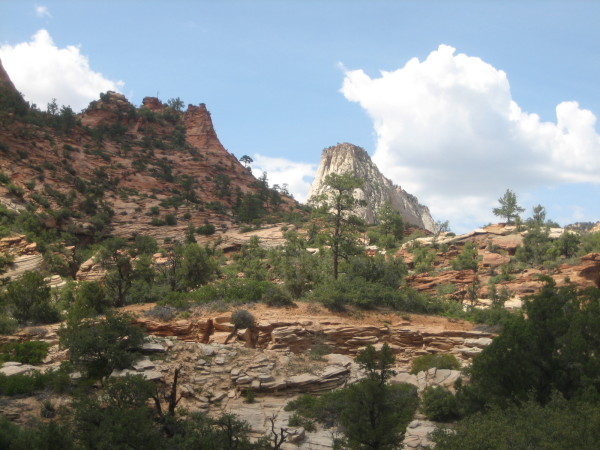
We had initially decided to scale one of the higher peaks, but since it was hot and we were tired after a long day of driving and hiking, we chose an easier trail, Weeping Rock. Passing ferns and watercress, we reached a natural terrace, which was drizzled by droplets of water from an overhang, From this vantage point, we had an unimpeded vista of luxuriant and unspoiled greenery.
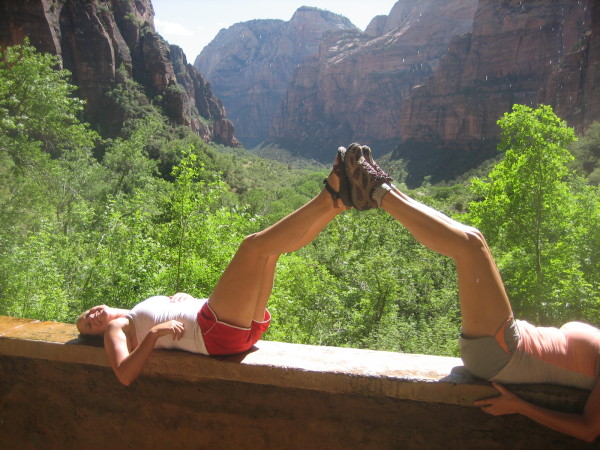
It looked like a scene out of a 19th century oil painting by the romanticist Albert Bierstadt. I could have lingered there for hours in serenity and solitude, but it was time to leave the unsullied splendor of Utah’s Promised Land.
